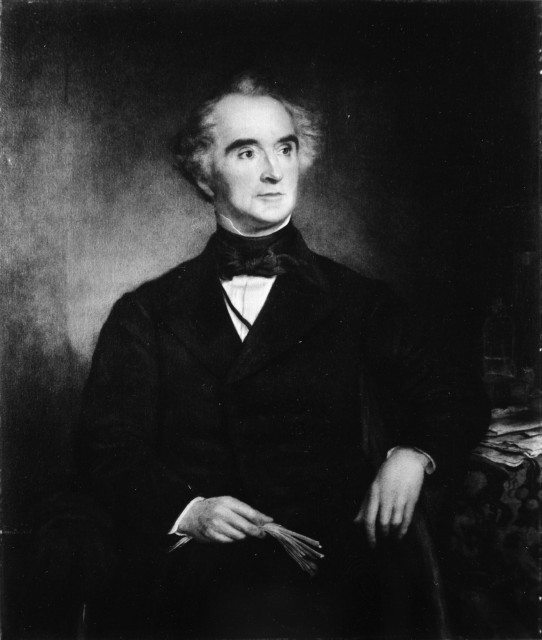Justus von Liebig
1803-1873

At Giessen, Germany, Liebig established the first laboratory in which experimental chemistry was systematically taught, beginning with qualitative and quantitative analysis followed by organic preparations and a research investigation suggested by the professor. Students flocked to his laboratory from all Europe, and many became its most notable chemists of the next generation. Liebig's own investigations covered a wide range of interests. With Wöhler he discovered the first example of isomerism (fulminates and cyanates). He perfected the methods of organic combustion analysis (C, H, Cl). His studies on bitter almond oil established the idea that certain groups of atoms (he called them radicals) may be transmitted unchanged through chemical transformations (in this case, the benzoyl group in benzaldehyde, benzoic acid, benzoyl halides, benzamide), thus opening the way for organic structure determinations. Later, Liebig turned to studies of fermentation, agricultural and physiological chemistry. The so-called "Liebig condenser" was not invented by him, though he popularized its use. In 1832, he founded and for years edited the journal Annalen der Pharmacie which soon became Annalen der Chemie and still today is one of the world's leading chemical journals, known simply as Liebigs Annalen. Liebig had a passionate, contentious personality, keen for conflict and not suffering fools lightly, attributes not uncommon with editors.
Sponsor: Manfred D. Langer
Location in chemistry building: Third Floor; West Wing North Wall; Sequence 4
Source: Justus Liebig-Gesellschaft, Giessen, Germany